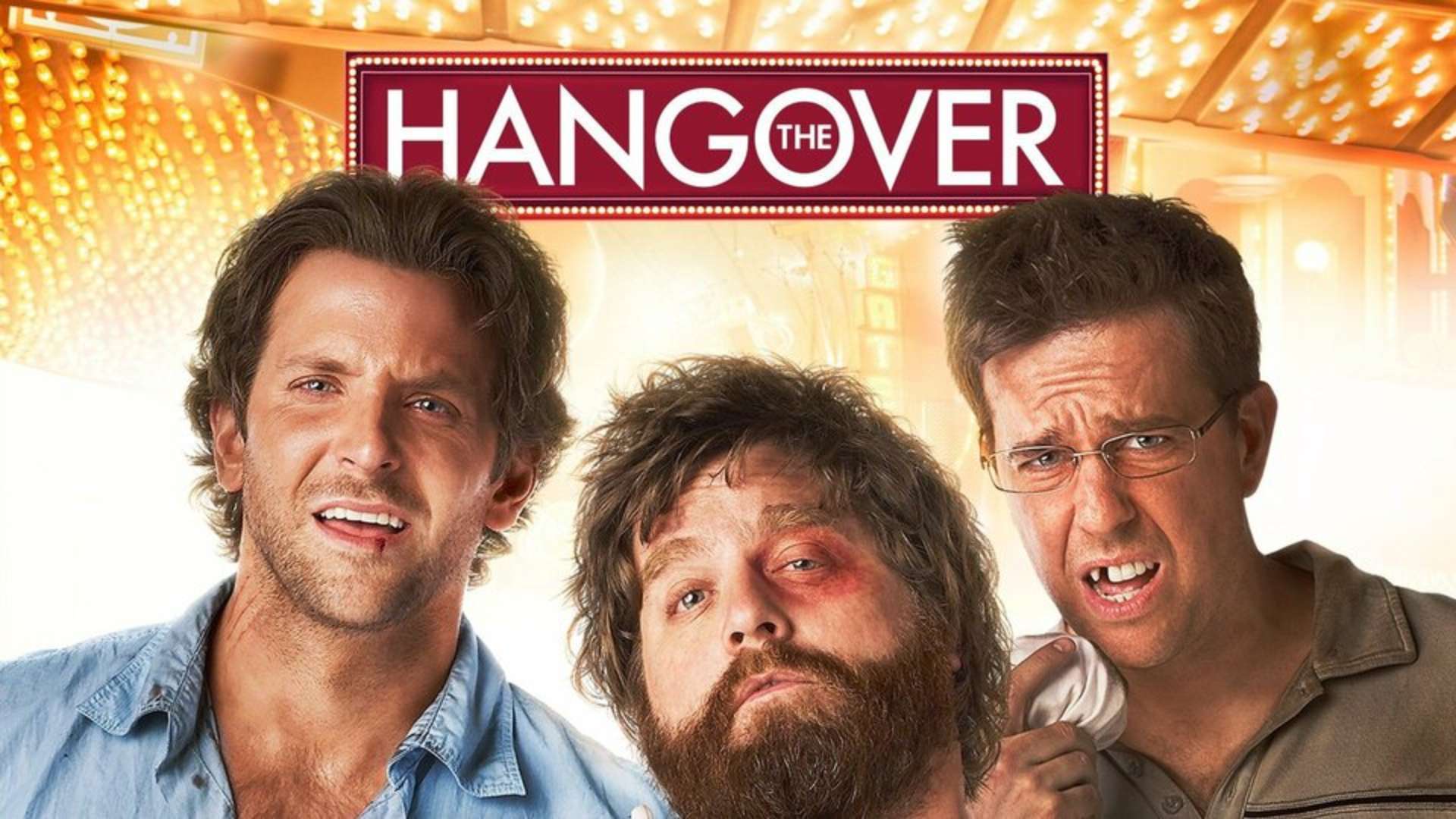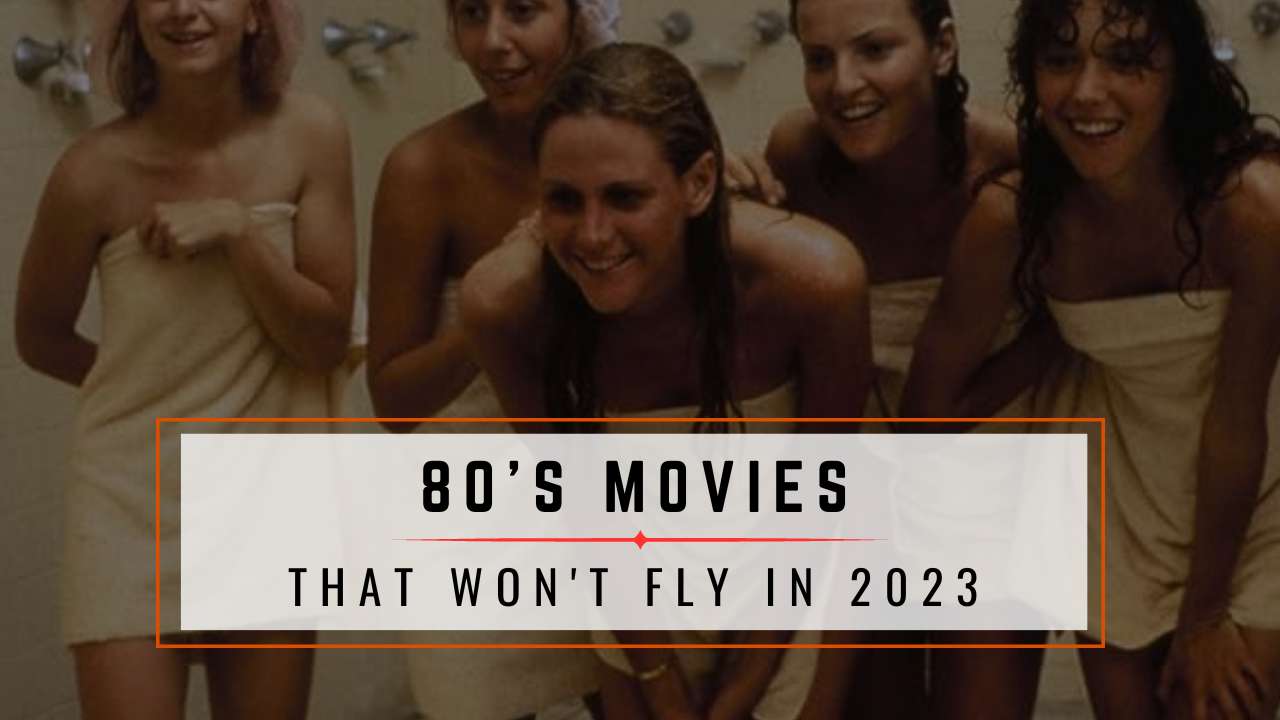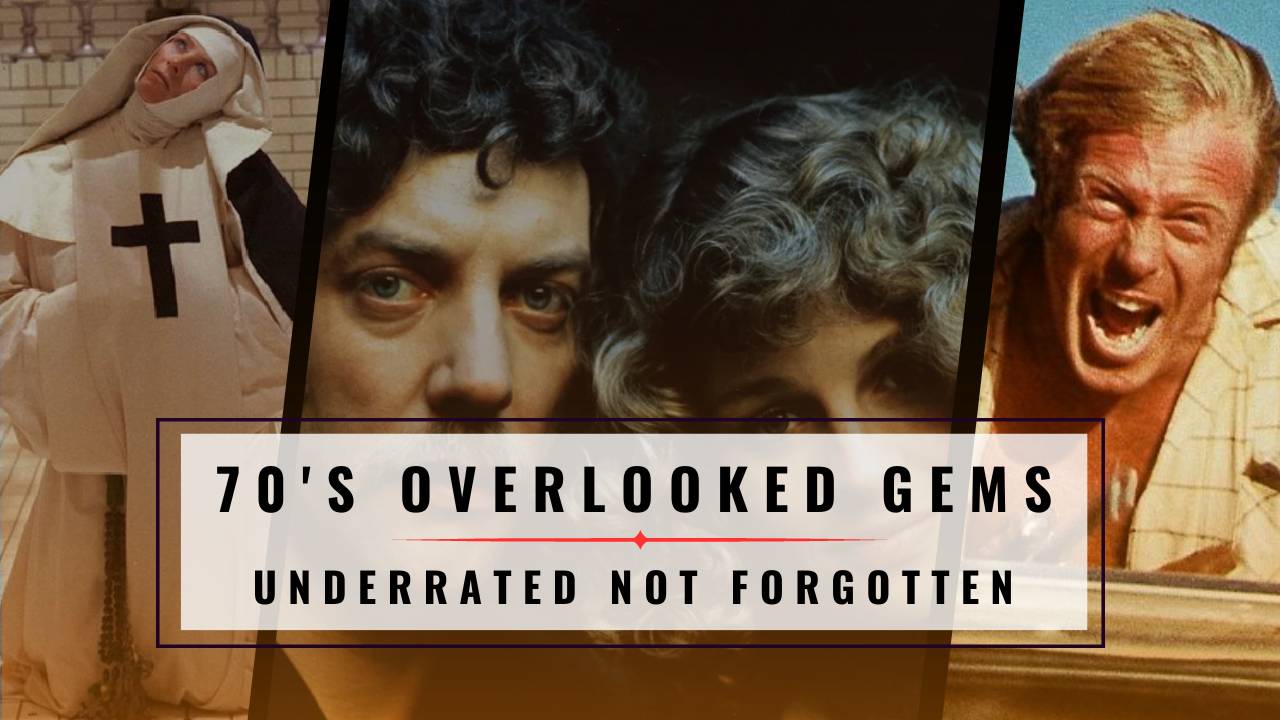The Evolution of Movie Genres: Examining Shifts in Popularity and Diversity from the 90s to Today

The movie industry is constantly evolving to match changing audience tastes and preferences. As culture shifts and new technologies emerge, so do trends in the stories Hollywood chooses to tell and the genres that dominate the box office. By examining the market share of different genres over time, we can track meaningful changes in what kinds of movies draw audiences and generate profits.
Tracing the evolution of genres from the mid-90s to today, we see a significant reshaping of the cinematic landscape. While some genres have maintained steady popularity, others have dramatically risen and fallen in prominence. Understanding these trends provides insight into larger cultural patterns and forces shaping the movies we watch.
*Data used to compile these findings can be found at The Numbers Website
The Reigning Genres: The Consistent Allure of Action and Adventure
In 1995, at the dawn of our data sample, Action and Adventure films accounted for 23.68% and 22.14% of the total market share, respectively. Flash forward to 2023, and Action's share has dipped slightly to 22.32%, while Adventure has seen mild growth to 26.72%. Clearly, these adrenaline-filled, escapist genres have an enduring appeal to mass audiences.
What qualities make action and adventure movies so reliably popular decade after decade? Both offer thrilling narratives punctuated by gripping physical exploits, crashes, explosions, fights, chases, and the high-stakes battle between good and evil. This dramatic, fast-paced style provides an exhilarating form of entertainment and an escape from daily life.
Culturally, the prevalence of action and adventure also suggests society's continued appetite for the traditional hero's journey storyline and fascination with manifestations of strength, bravery, and conquest. The genres' sustained dominance indicates that no matter how much our world evolves, the human urge for visceral excitation and timeless heroic fantasies remains strong.

While action and adventure trends remain steady, the specific styles and sub-genres within them do evolve with the times. For example, science fiction and superhero movies have recently eclipsed the popularity of gritty, R-rated action films more prominent in the 80s and 90s. Adventure films also increasingly utilise computer-generated imagery (CGI) to create fantastical settings and creatures. So while the high-level genres persist, the particular packaging constantly modernises.
The Rise and Reinvention of Comedy
While action and adventure held steady over the decades, comedy has seen more dynamic shifts, with its market share rising from 9.92% to 13.66% between 1995 and 2023. Comedies clearly grew in popularity over this period. But, drilling down, the style of comedy changed substantially.
Up through the late 1990's and early 2000s, broad, mainstream comedies dominated—movies like The Nutty Professor, Big Momma's House, and Miss Congeniality. A big chunk of the comedy boom came from the wildly successful Rush Hour and live-action Scooby Doo franchises.

However, around the 2010s, R-rated comedies started gaining serious traction. Judd Apatow led the charge with raunchy hits like Bridesmaids, The 40-Year Old Virgin, and Knocked Up. Then came the unprecedented success of The Hangover, which earned $467 million worldwide. These R-rated films showed the massive audience demand for more vulgar, unconventional humour.


The 40 Year Old Virgin and The Hangover
Now we've entered what could be called the era of "dramedy," blending comedy and drama. Movies like Lady Bird, The Big Sick, and Palm Springs incorporate serious emotional moments amidst the humour. This echoes larger cultural trends about mental health awareness and more nuanced portrayals in entertainment.

So while comedies grew overall, they adapted to wider shifts in acceptable content, creative risks, and the desire for resonance beyond surface laughs. The reinvention within the genre allows it to resonate across generations.
The Rotating Spotlight: Horror, Rom-Coms, and Beyond

Under the steady pillars of action, adventure, and comedy, we see more rotation in the genres that take temporary centre stage. For example, horror films claimed 8.19% of the market share in the late 1990s thanks to classics like Scream, I Know What You Did Last Summer, and The Sixth Sense. Horror peaked at 9% in 2001 before declining to just 3.4% in 2011 as found footage and torture films lost mainstream appeal. But the genre regained momentum in the late 2010s during the rise of socially conscious horror, Blumhouse Productions' assembly line of low-budget blockbusters, and A24's introduction to independent filmmakers. Horror sits at a healthy 5.79% share today.
Romantic comedies follow a similar cycle, accounting for 6.02% of the market in 2000 during the heyday of Meg Ryan, Julia Roberts, and Kate Hudson. But Rom-Coms fell out of fashion in the 2010s before rebounding slightly with inclusive hits like Crazy Rich Asians and To All the Boys I've Loved Before.
This rotating spotlight extends beyond rom-coms and horror. The late 90s and early 2000s saw a surge for teen movies like American Pie, 10 Things I Hate About You, and Mean Girls.

Westerns like Unforgiven and Dances with Wolves held strong appeal through the early 90s before fading. Disaster films were ubiquitous in the 90s with Independence Day, Armageddon, and Deep Impact before going dormant until recently.


Unforgiven and Dances with Wolves
Genres rising most rapidly in the 2010s and 2020s include documentaries, especially true crime and political documentaries, as well as LGBTQ+ films like Love, Simon, Carol, and Brokeback Mountain.

This rotation partly reflects changing generational tastes as new audiences come of age. But it also shows how filmmakers can successfully reinvent genres to entice audiences back. Adding diversity and contemporary themes resuscitates genres by making them feel fresh and relevant again.
The Static Middle: Drama Never Goes Out of Style
In contrast to the rotating spotlight genres, straightforward dramas demonstrate the most consistent market share across the decades. In 1995, dramas accounted for 14.67% of the box office and have hovered within the 12–15% range since, settling at 14.48% in 2023.
Why does drama consistently captivate audiences? For one, the genre benefits from being broad enough to encompass myriad sub-genres and styles. Domestic dramas, historical dramas, courtroom dramas, erotic dramas, medical dramas, musical dramas—the list goes on. This diversity, combined with widely resonant themes about the human experience, contributes to the drama's unwavering success.

Dramas also thrive because they generally appeal to older audiences. As the Baby Boomer generation ages, their reliable appetite for dramas sustains the genre's performance. In addition, dramas attract award prestige and critical acclaim, which helps attract talent and financing.
While dramas appear static in terms of market share, the content does evolve. Contemporary dramas now frequently tackle complex antiheroes and themes like mental health, addiction, sexuality, and gender identity. Stylistically, dramas also incorporate more humour, action, and interwoven genres. So this genre stays fresh even as it remains classical.
The Wax and Wane of Multiple Genres
Alongside the shifting tides of singular genres, we also see fluctuations in multiple-genre movies combining comedy, action, romance, etc. This category claimed 11.27% of the market in 1995, peaked at 16.84% in 2005, and now sits at 8.29%.


Pirates of the Caribbean, and superhero movies in the vein of Spider-Man
The mid-2000s boom resulted from major hybrid franchises like Shrek, Pirates of the Caribbean, and superhero movies in the vein of Spider-Man and Batman Begins. The derived appeal blended exciting action with lighthearted humour and mass-market accessibility.
However, as franchises wore out and superhero movies became increasingly serious, multiple genre movies lost traction. The late 2000s recession also potentially made filmmakers wary of risky genre-bending films that could underdeliver.
Yet creativity refuses to be stifled. Multiple-genre movies now thrive in independent spheres and streaming. For example, dark comedies like The Lobster and genre-benders like Everything Everywhere All at Once achieve critical success by melding genres in new ways. As multiple genre films become more experimental and maker-driven rather than studio-driven, they could regain market share in the future.

What Drives the Evolution of Movie Genres?
Looking at the market share trends and evolution of genres since 1995 makes it clear: the movie industry is constantly changing to match the cultural winds. Certain factors determine which genres dominate and how they shift over time.
Audience Demand: The size and composition of moviegoing audiences evolve with population demographics, attitudes, and societal moods. Genres rise and fall based on changing tastes. For example, raunchy comedy grew as young audiences desired edgier humour, while certain genres declined as Boomers aged out.
Innovation - Genres get reinvented to feel fresh and relevant again, like adding more diversity to stale stories. Filmmakers also innovate by blending genres in new ways. Experimenting with genre conventions attracts both audiences and acclaim.

External Events - History and current events impact the stories we crave. For instance, dystopian young adult films succeeded after the 2008 recession while pandemic films surged after 2020.
Competition from Television - As TV production values and variety surged, niche genres moved to the small screen. But blockbuster fare like Action and Adventure remains best suited for theatres.
Sequels and Franchises - Studios heavily rely on proven franchises that are familiar to audiences but can burn them out over time. New intellectual property risks being squeezed out.
Awards and Critical Buzz - Positive reviews and awards hype elevates genres like Dramas. But out-of-touch critics now hold less sway over audiences.
Economic Factors - During recessions, studios take fewer risks. Lesser-known genres struggle in favor of established tentpoles. Indie films fill gaps despite lower budgets.

By studying past genre trends, we can gain insight into the future. For instance, multiple genre films are likely due for a theatrical comeback following years of television dominance. Meanwhile, genres that fill enduring needs for spectacle (Action), escape (Adventure), and emotional resonance (Drama) will continue thriving. But to sustain long-term success, even reliable genres must reinvent themselves to reflect fresh cultural perspectives and stylistic innovation.
In our digitally disrupted world, theatrical genres also face more competition from streaming originals and user-generated content on platforms like Tik Tok and YouTube. To stay culturally relevant, theatrical films must deliver an experience and community that cannot be replicated at home.
Ultimately, genres will continue morphing to give evolving audiences the types of stories and experiences they crave. While categories rise and fall, the universal power of cinematic storytelling perseveres. The theater remains a magical space for the shared experience of laughter, tears, horror, and joy. By bonding over stories on the silver screen, we learn more about the human condition and our connections to one another. Throughout it all, genre conventions serve as vessels to deliver these timeless thematic undertones.
Key Moments: Pivotal Genre Movies 1995-2023
While broad market share trends provide enlightening snapshots, studying a sampling of definitive genre movies released between 1995-2023 provides more vivid insights about the evolving genre landscape:
1995


1995's Toy Story and Se7en
- Toy Story - Pixar ushers in CG animation and kid-friendly multiple genre movies combining comedy, adventure, and heart.
- Se7en - David Fincher's neo-noir psychological horror- thriller is a game-changer for gritty, auteur-driven genre films.
2000


2000's Xmen and Scary Movie
- X-Men - The serious, stylized superhero film paves the way for the explosive comic book movie boom.
- Scary Movie - This raunchy horror spoof epitomizes the emerging influence of R-rated teen comedies.
2005
- Brokeback Mountain - Ang Lee's romantic drama signals a mainstream shift toward LGBTQ+ representation and themes.
- The 40-Year Old Virgin - Judd Apatow's hit comedy cements R-rated humor and ushers in the "bromance" era.
2007-2010


The Social Network and Paranormal Activity
- The Social Network - David Fincher and Aaron Sorkin's biopic drama exemplifies the rapid rise of prestige true story films.
- Paranormal Activity - The ultra-low budget horror smash demonstrates the power of viral, found footage horror.
2015


Mad Max: Fury Road and The Big Short from 2015
- Mad Max: Fury Road - George Miller's exhilarating action film raises the bar for practical effects and worldbuilding.
- The Big Short - Adam McKay's entertaining financial drama highlights the appeal of education through entertainment.
2020

- Parasite - Bong Joon-ho's Korean class drama is a watershed moment for foreign language crossover hits.
- Everything Everywhere All at Once - The absurdist multiverse fantasy points to creativity and boundary-pushing in genre-blending indies.
2022/23


Top Gun: Maverick and Nope
- Top Gun: Maverick - Joseph Kosinski's long-awaited sequel shows the enduring appeal of classic IP when reinvented with heart rather than nostalgia.
- Nope - Jordan Peele's social thriller deconstructs the spectacle tradition of popcorn movies through a Black lens.
From Toy Story to Top Gun, it's remarkable to analyze how influential genre milestones reflect shifting cultural values. Genre cinema continues marching to the beat of our evolving collective consciousness.
The Outlook Moving Forward
Gazing into Hollywood's future, several genre trajectories seem likely based on recent trends:
- Continued superhero saturation, but with more creative risks
- Horror returning to gritty, auteur-driven terror over jump scares
- Sci-fi epics leaning into thought-provoking concepts over CGI spectacle
- More genre-blending, especially in indie sphere
- Ongoing appetite for biopics and true stories
- Dramas continuing to deliver Oscar prestige
- Resurgence of multiple genre movies once considered "unproducible"
- Greater diversity across all genres
- More documentaries brought to the big screen
- International genre movies gaining larger domestic audiences
Of course, forecasting future trends is an inexact science. Unexpected megahits could emerge out of nowhere. Or new tech like VR could further disrupt the theatrical experience. But Hollywood evolves organically like any ecosystem. As one genre lies dormant, others rise up renewed. The circle of creativity continues.
The Unknown impact of A.I.

The integration of AI in Hollywood holds the potential to revolutionize various aspects of the entertainment industry. With AI-driven algorithms analyzing audience preferences and trends, filmmakers can fine-tune their creative choices to resonate better with viewers, enhancing the overall cinematic experience. AI-generated special effects and virtual characters could bring previously unimaginable worlds to life, pushing the boundaries of visual storytelling. Additionally, AI's role in scriptwriting and story development might streamline the creative process, generating fresh ideas and aiding in plot structure.
And on the flip side the possible negatives...
The integration of AI in Hollywood, while holding immense promise, also presents potential drawbacks. As AI algorithms heavily influence content recommendations, there's a risk of perpetuating formulaic storytelling and stifling diversity in narratives to cater to mainstream preferences. The overreliance on AI-generated effects might lead to a homogenization of visuals, diluting the uniqueness of directorial vision and craftsmanship. Moreover, concerns about job displacement loom large, as AI could replace certain roles in areas like script analysis, editing, and even acting, raising ethical and economic dilemmas. Additionally, the use of AI in creating convincing virtual actors might raise ethical concerns regarding the portrayal of real-life figures and issues of consent. Striking a balance between the benefits and pitfalls of AI in Hollywood will be pivotal in shaping an industry that remains innovative, ethical, and true to its creative roots.
Genres fall in and out of fashion, but great stories remain timeless. So while categories fluctuate, quality endures regardless of label. As long as gifted filmmakers push the boundaries of form, take creative risks, hold a mirror to society, and transport us to exciting worlds, the magic of movies lives on. For those sitting in the dark theater, popcorn in hand, genre conventions matter far less than the emotional journey and human connections waiting to unfold on-screen.
Wherever cultural winds blow, compelling characters, immersive worlds, visceral thrills, and emotional catharsis will never lose their appeal. So while genres evolve in endless cycles, the film medium's power persists. The big screen offers a communal portal to laugh, cry, imagine, reflect, and dream together. In those shared moments of joy, sorrow, fear and hope, lies the eternal, universal heart of cinema.
FAQ's
What are the three most popular movie genres of all time?
The three most popular movie genres of all time are Action, Adventure, and Comedy. These genres have consistently been popular with audiences for decades.
What are the factors that contribute to the rise and fall of different movie genres?
There are a number of factors that contribute to the rise and fall of different movie genres. These include:
- Audience demand: The size and composition of moviegoing audiences evolves with population demographics, attitudes, and societal moods. Genres rise and fall based on changing tastes.
- Innovation: Genres get reinvented to feel fresh and relevant again, like adding more diversity to stale stories. Filmmakers also innovate by blending genres in new ways. Experimenting with genre conventions attracts both audiences and acclaim.
- External events: History and current events impact the stories we crave. For instance, dystopian young adult films succeeded after the 2008 recession while pandemic films surged after 2020.
- Competition from Television: As TV production values and variety surged, niche genres moved to the small screen. But blockbuster fare like Action and Adventure remains best suited for theaters.
- Sequels and Franchises: Studios heavily rely on proven franchises that are familiar to audiences but can burn them out over time. New intellectual property risks being squeezed out.
- Awards and Critical Buzz: Positive reviews and awards hype elevates genres like Dramas. But outside of the Oscars, genre films are often overlooked by critics.
What are the genres that are likely to be popular in the future?
The genres that are likely to be popular in the future are those that are able to adapt to changing tastes and incorporate new elements. Genres that focus on diversity, strong female characters, and timely social commentary are likely to be successful.
More Recommendations from The Rewind Zone
Please consider Subscribing to this site (It's FREE!) to get your weekly fix of Movie Nostalgia
Please show your support to our enterprise by checking out our Youtube channel, every view keeps us moving...
Happy viewing!





Comments ()